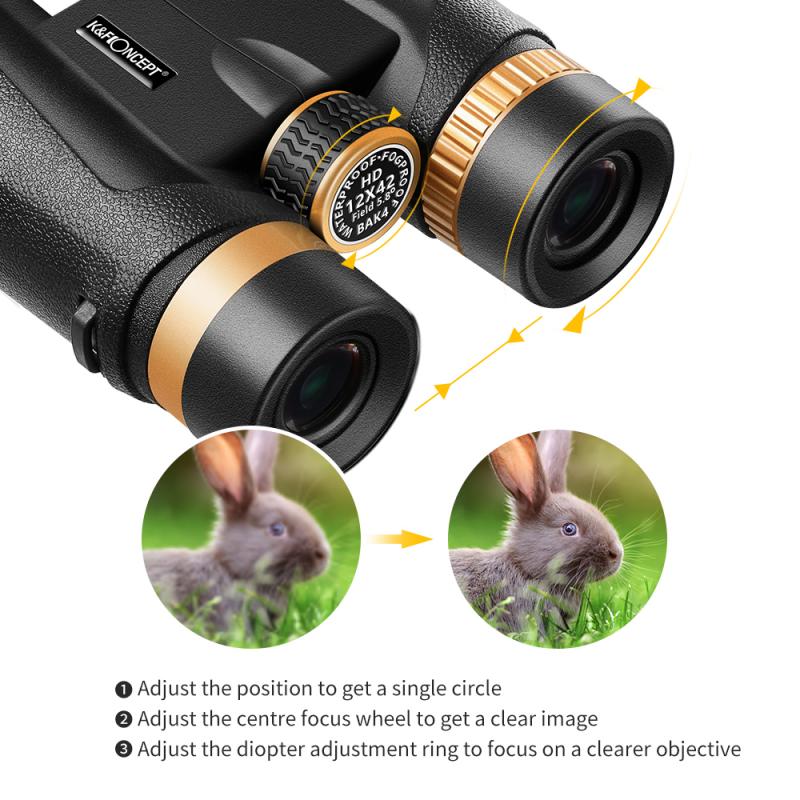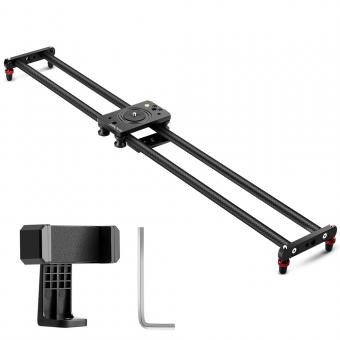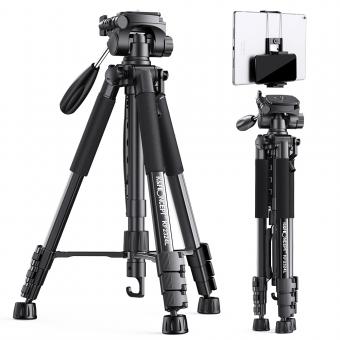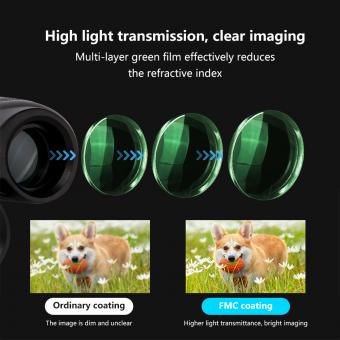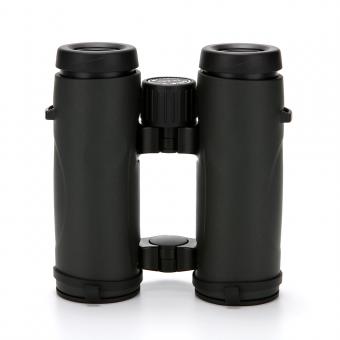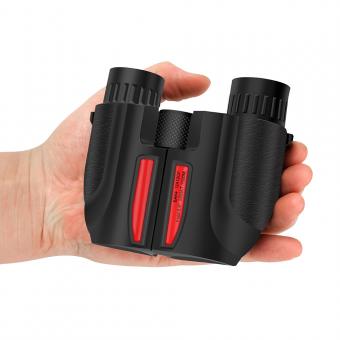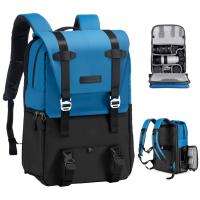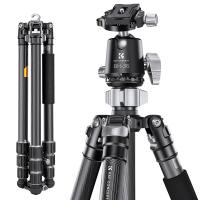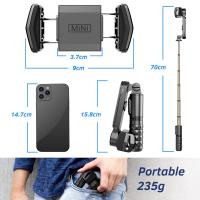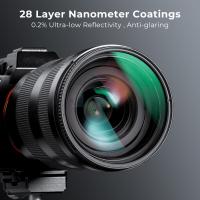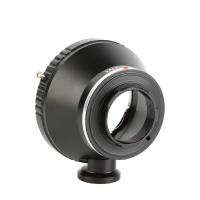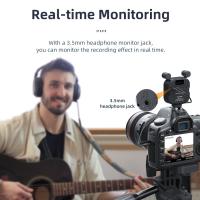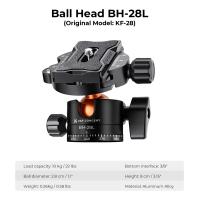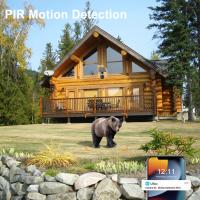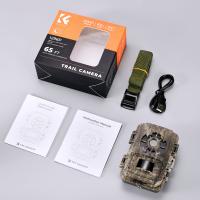What Size Binoculars Do I Need ?
The size of binoculars you need depends on your intended use and personal preferences. If you plan to use them for birdwatching or other outdoor activities, a compact or mid-size binocular with a magnification of 8x or 10x and an objective lens diameter of 25mm to 42mm may be suitable. For stargazing or astronomy, a larger binocular with a magnification of 15x or higher and an objective lens diameter of 50mm or more may be necessary. It's important to consider factors such as weight, portability, and image quality when choosing binoculars.
1、 Magnification power
"What size binoculars do I need?" is a common question among those who are looking to purchase a pair of binoculars. The answer to this question depends on what you plan to use the binoculars for and your personal preferences.
One important factor to consider when choosing binoculars is the magnification power. Magnification power refers to how much closer the object you are viewing appears through the binoculars compared to the naked eye. The most common magnification powers for binoculars are 8x, 10x, and 12x.
For general use, such as bird watching or hiking, an 8x or 10x magnification is usually sufficient. These magnifications provide a good balance between image stability and field of view. However, if you plan to use your binoculars for long-range viewing, such as stargazing or watching wildlife from a distance, a 12x magnification may be more appropriate.
It's important to note that higher magnification doesn't always mean better image quality. Higher magnification can make the image appear shakier and more difficult to focus. Additionally, higher magnification binoculars tend to have smaller objective lenses, which can limit the amount of light that enters the binoculars and affect image brightness.
In recent years, there has been a trend towards using binoculars with larger objective lenses, such as 42mm or 50mm. These larger lenses allow more light to enter the binoculars, resulting in brighter and clearer images. However, larger objective lenses also mean heavier and bulkier binoculars, which may not be ideal for all users.
Ultimately, the size of binoculars you need depends on your intended use and personal preferences. Consider factors such as magnification power, objective lens size, and weight when choosing the right pair of binoculars for you.
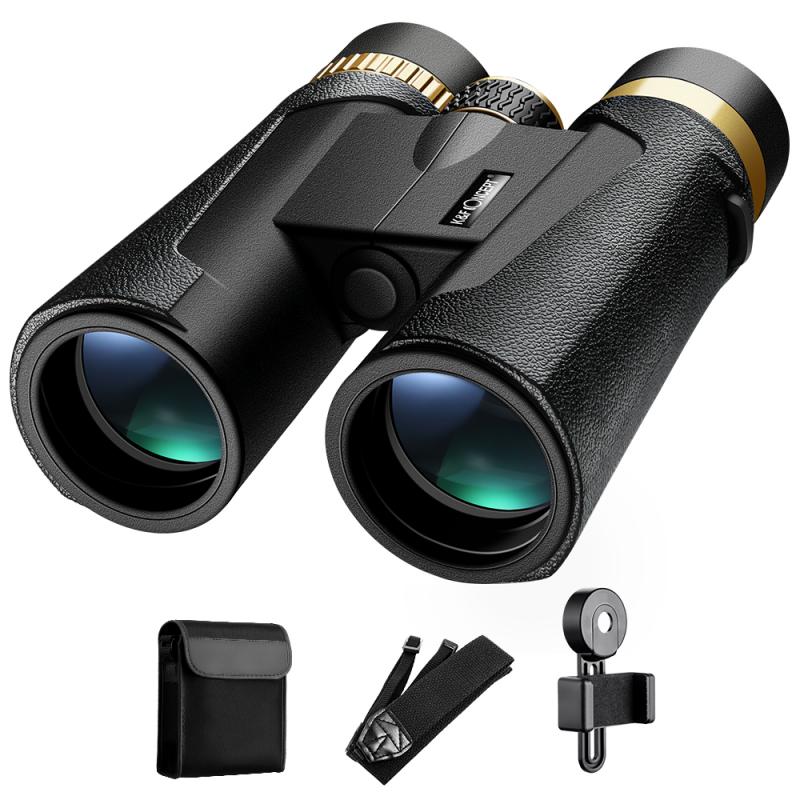
2、 Objective lens diameter
"What size binoculars do I need?" The answer to this question depends on what you plan to use the binoculars for. If you are planning to use them for bird watching or other outdoor activities, you will want a pair with a larger objective lens diameter. This is because a larger objective lens diameter will allow more light to enter the binoculars, resulting in a brighter and clearer image.
The objective lens diameter is the size of the front lens element of the binoculars, measured in millimeters. A good rule of thumb is to choose binoculars with an objective lens diameter of at least 30mm for general outdoor use. For bird watching or other activities where you need to see fine details, you may want to consider binoculars with an objective lens diameter of 40mm or larger.
However, it's important to note that larger objective lenses also mean heavier and bulkier binoculars. So, if you plan to carry your binoculars around for extended periods, you may want to consider a smaller objective lens diameter to reduce weight and bulk.
In recent years, there has been a trend towards compact binoculars with smaller objective lens diameters. These binoculars are lightweight and easy to carry, making them a popular choice for hikers and travelers. However, they may not provide the same level of image quality as larger binoculars with larger objective lenses.
Ultimately, the size of binoculars you need will depend on your specific needs and preferences. Consider what activities you will be using them for, how much weight you are willing to carry, and your budget when choosing the right pair of binoculars for you.
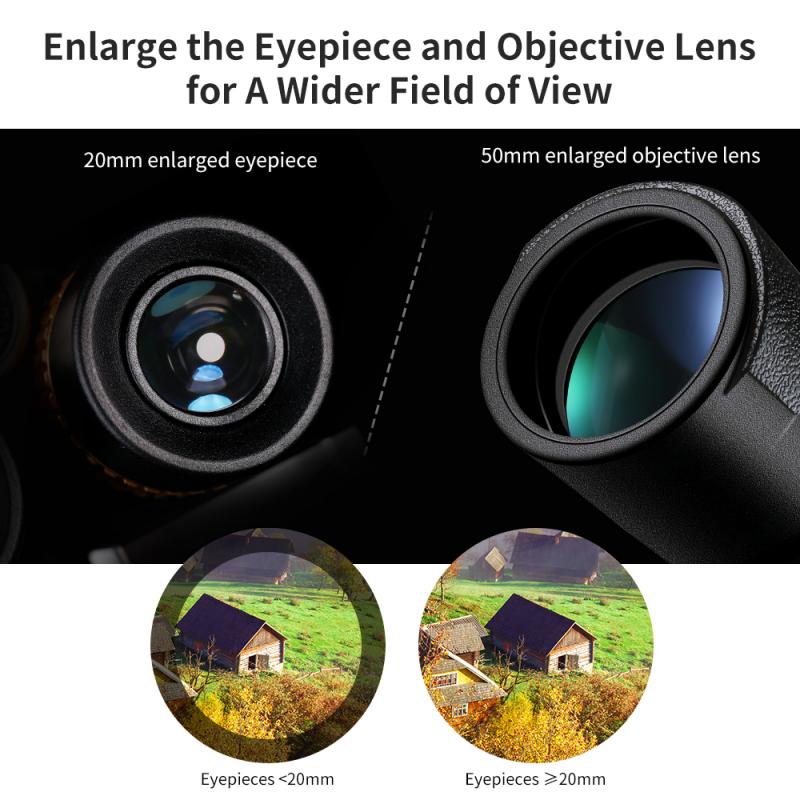
3、 Exit pupil size
"What size binoculars do I need?" is a common question among those who are looking to purchase a pair of binoculars. The answer to this question depends on a few factors, including the intended use of the binoculars and the user's personal preferences.
One important factor to consider when choosing binoculars is the exit pupil size. The exit pupil is the diameter of the beam of light that exits the eyepiece of the binoculars. It is determined by dividing the diameter of the objective lens by the magnification. For example, a pair of 10x50 binoculars would have an exit pupil size of 5mm (50 divided by 10).
The exit pupil size is important because it determines how much light enters the eye. A larger exit pupil size allows more light to enter the eye, which can be beneficial in low-light conditions. However, a larger exit pupil size may not be necessary for daytime use or for those with younger eyes that can adjust to lower light levels.
The latest point of view on exit pupil size is that it is not the only factor to consider when choosing binoculars. Other factors, such as the quality of the optics and the size and weight of the binoculars, should also be taken into account. Additionally, personal preferences, such as the size of the user's hands and the intended use of the binoculars, should also be considered.
In summary, when asking "what size binoculars do I need?", the exit pupil size is an important factor to consider, but it should not be the only factor. The intended use of the binoculars, the quality of the optics, and personal preferences should also be taken into account when choosing the right pair of binoculars.
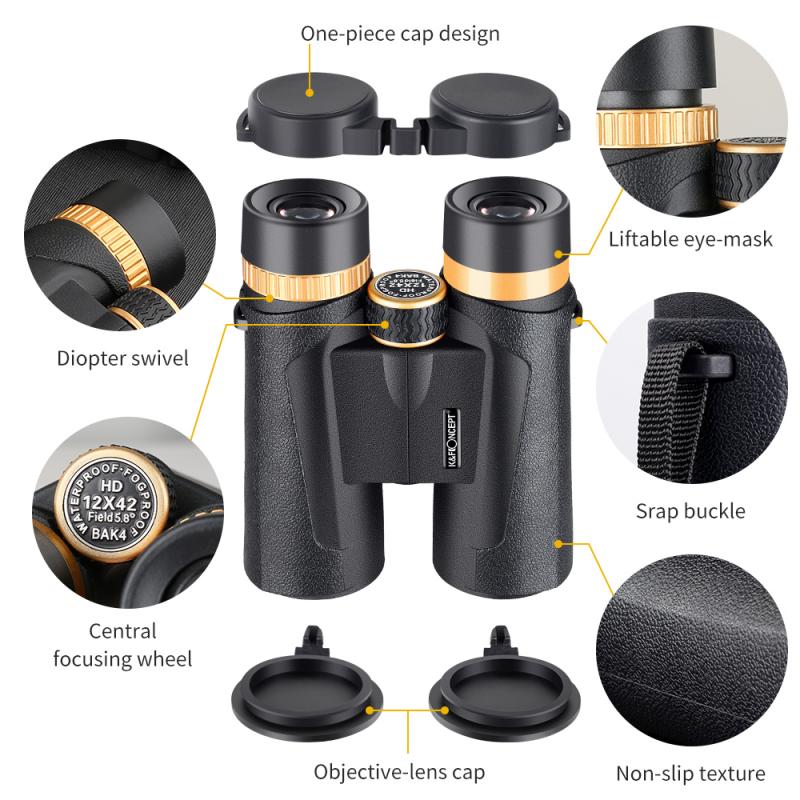
4、 Field of view
What size binoculars do I need? The answer to this question depends on what you plan to use the binoculars for. If you are planning to use them for bird watching or other outdoor activities, you will want a pair of binoculars with a wide field of view. This will allow you to see more of your surroundings and spot birds or other wildlife more easily.
The field of view is the area that you can see through the binoculars. It is measured in degrees and is determined by the magnification and the size of the objective lens. A wider field of view is generally better for outdoor activities, as it allows you to see more of your surroundings.
The latest point of view on binoculars is that there are many different sizes and types available, each with its own advantages and disadvantages. For example, compact binoculars are easy to carry around but may not have as wide a field of view as larger binoculars. On the other hand, larger binoculars may be heavier and more difficult to carry, but they may have a wider field of view and better image quality.
Ultimately, the size of binoculars you need will depend on your specific needs and preferences. Consider what you will be using them for, how often you will be using them, and how much you are willing to spend. With so many options available, you are sure to find a pair of binoculars that meets your needs and fits your budget.
